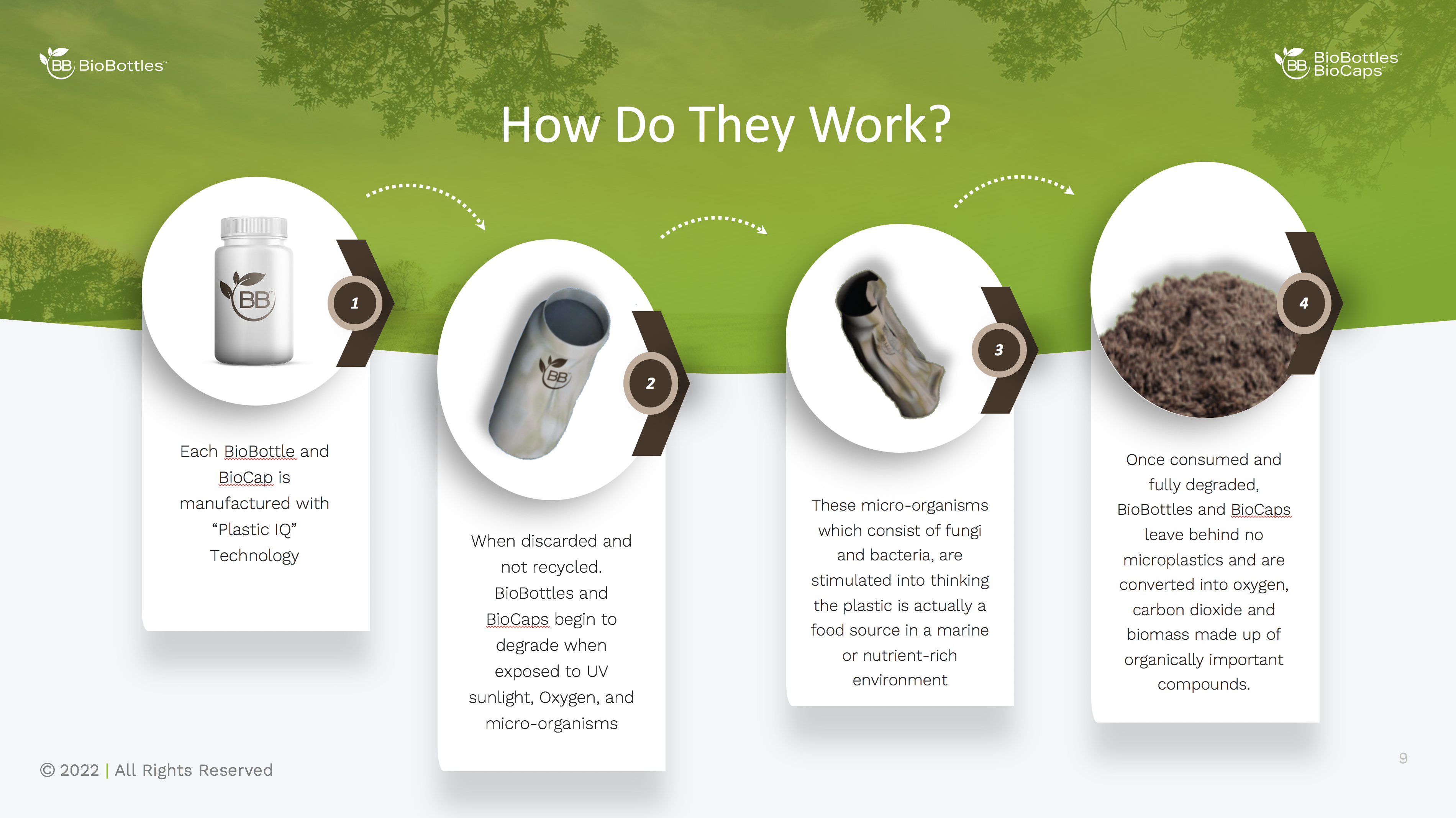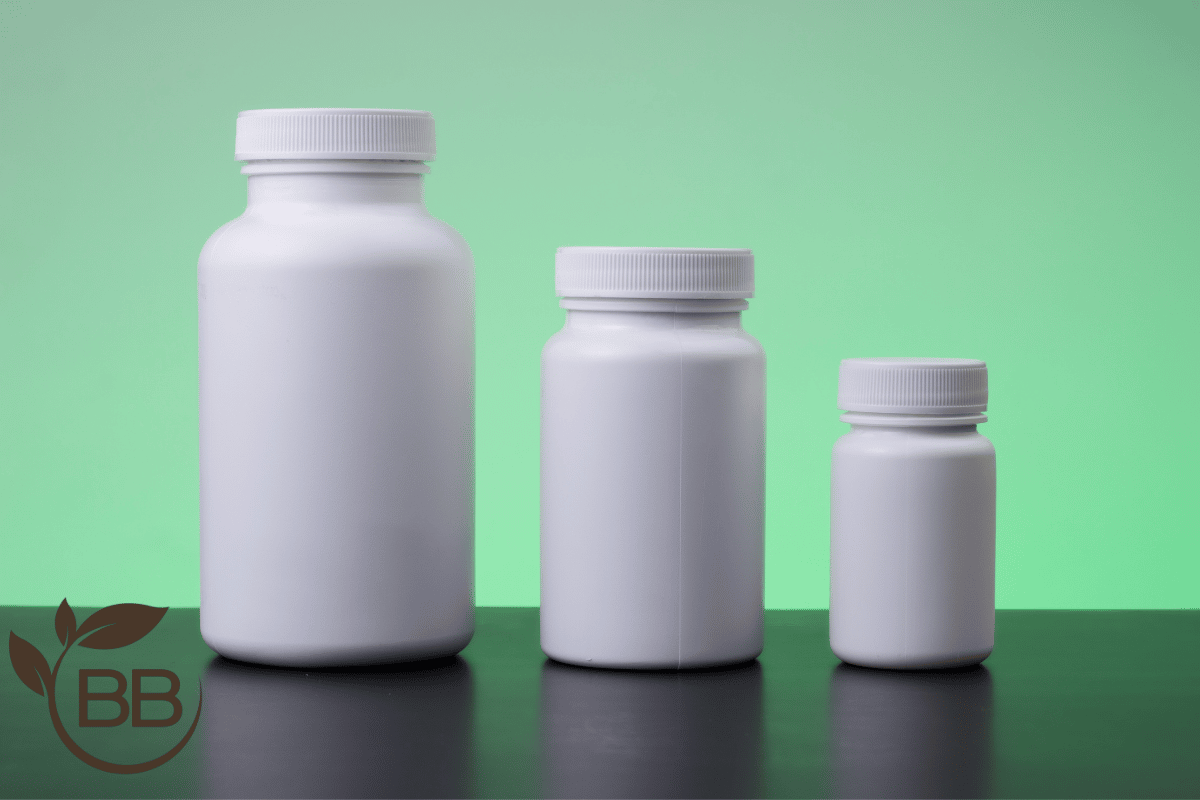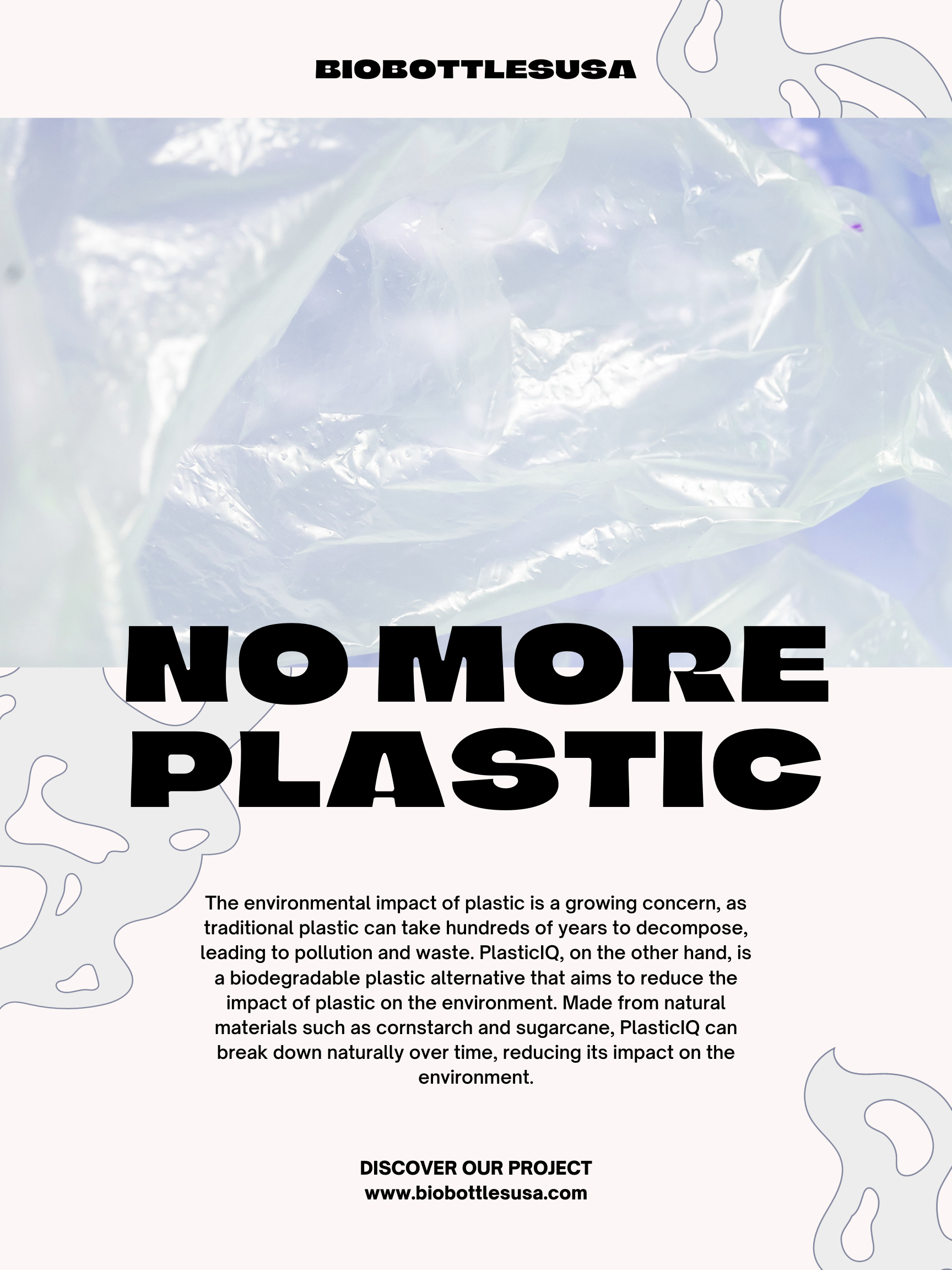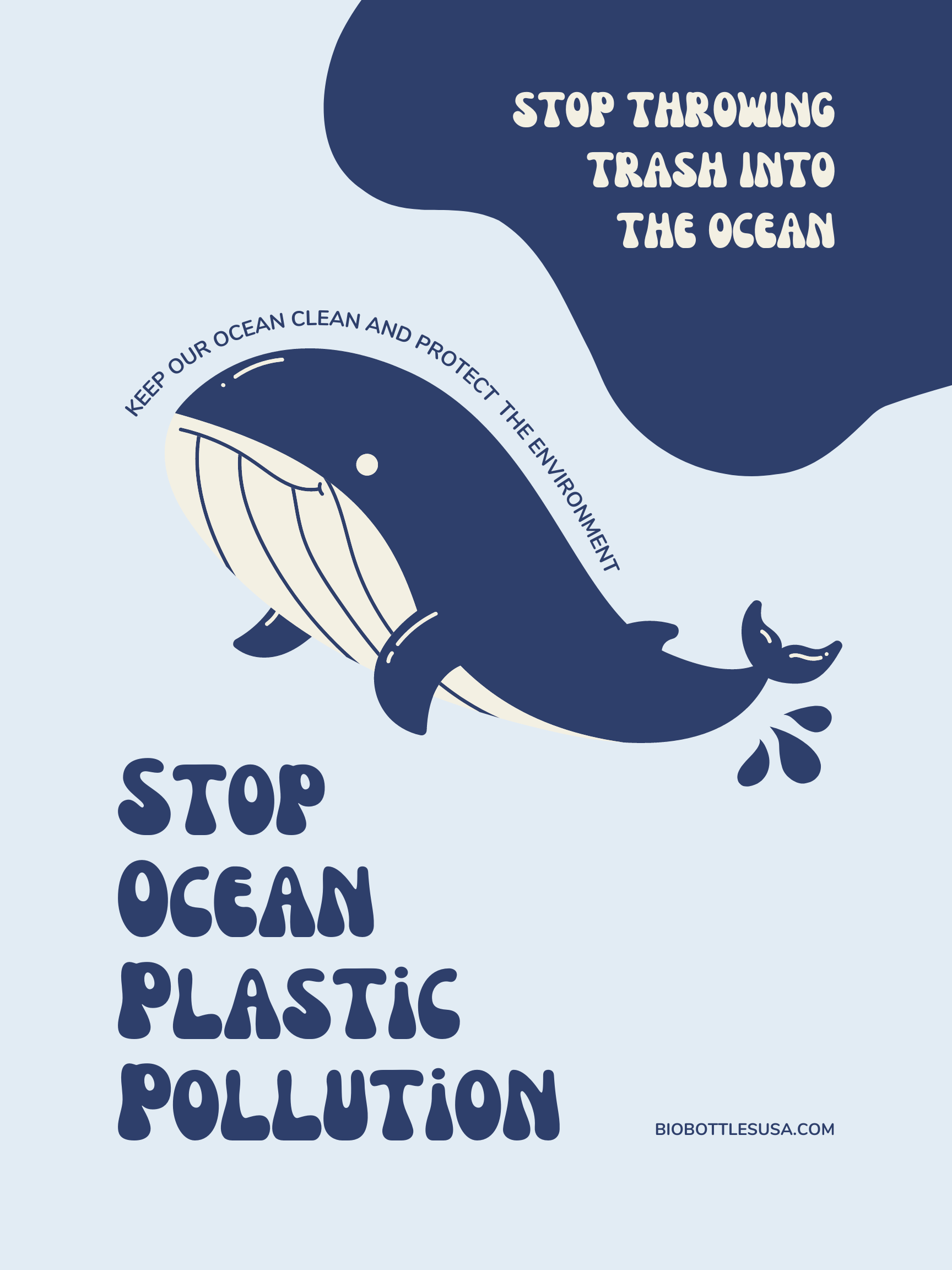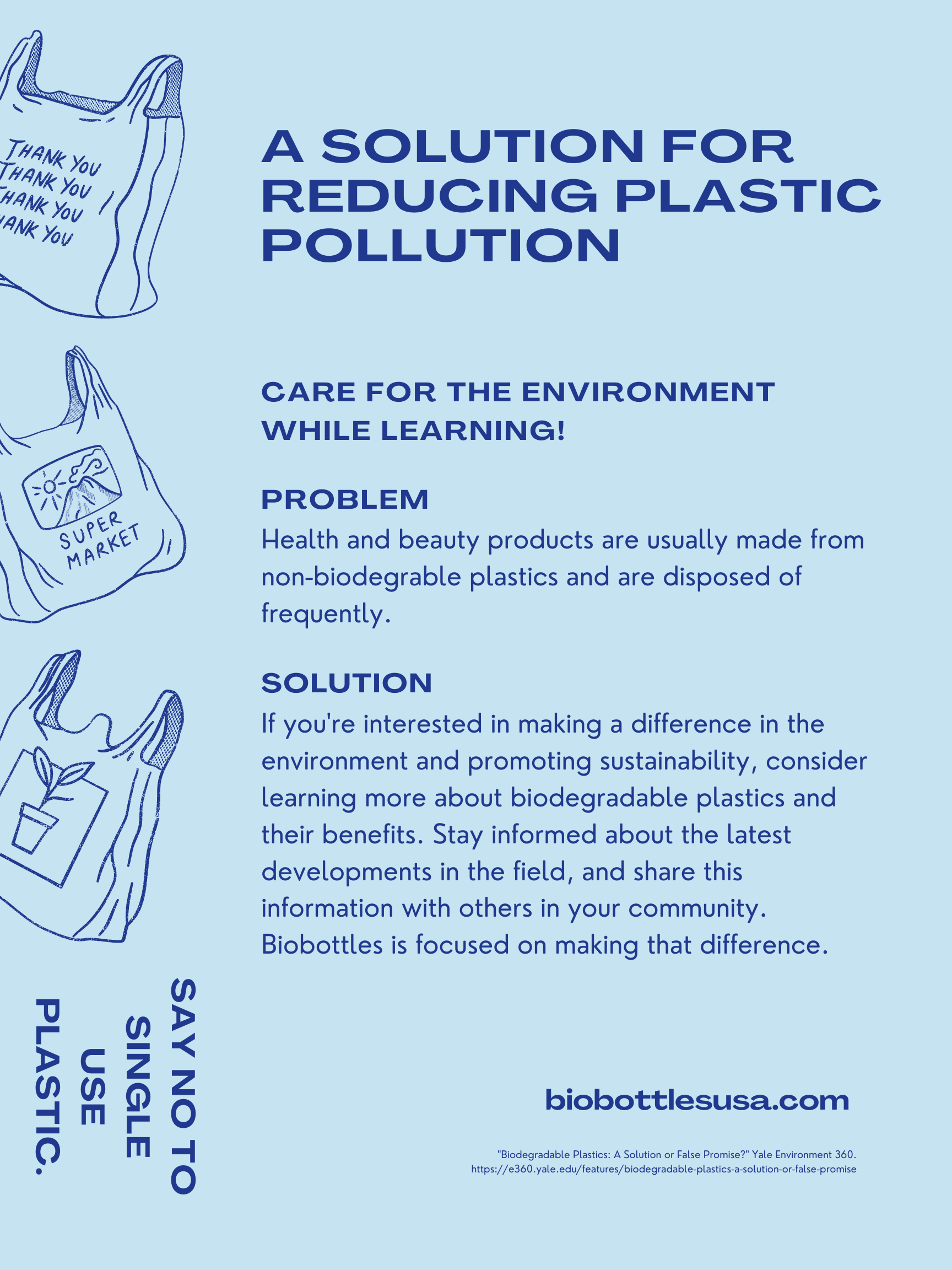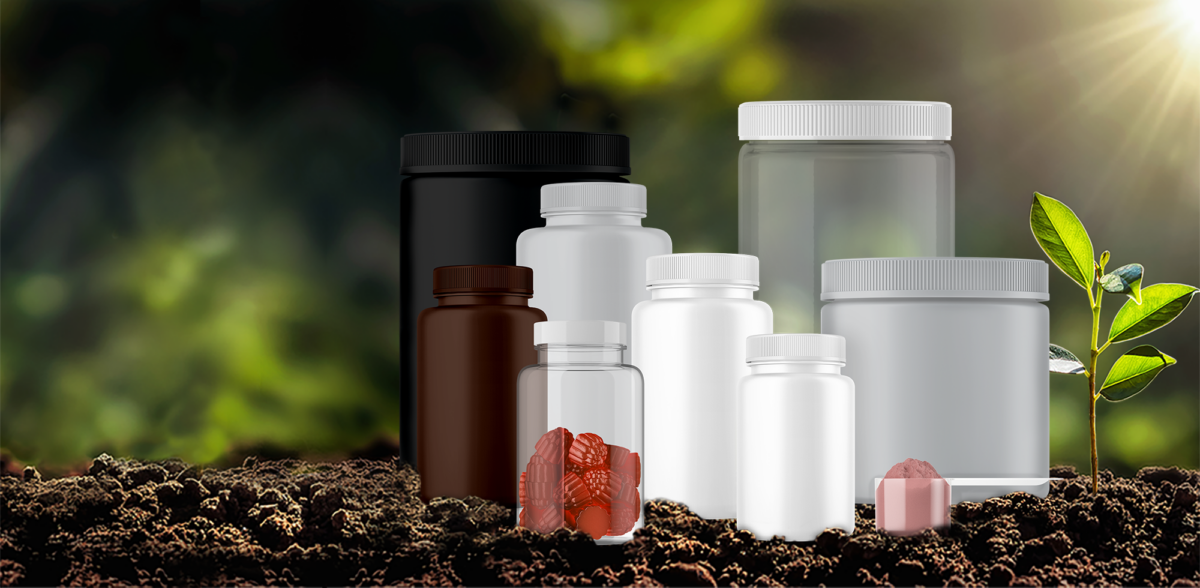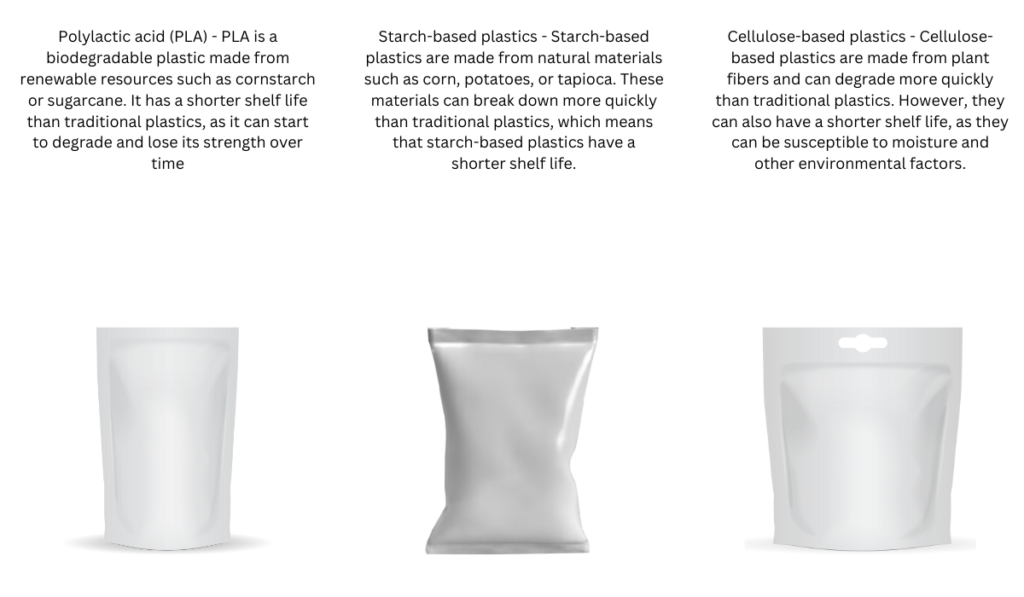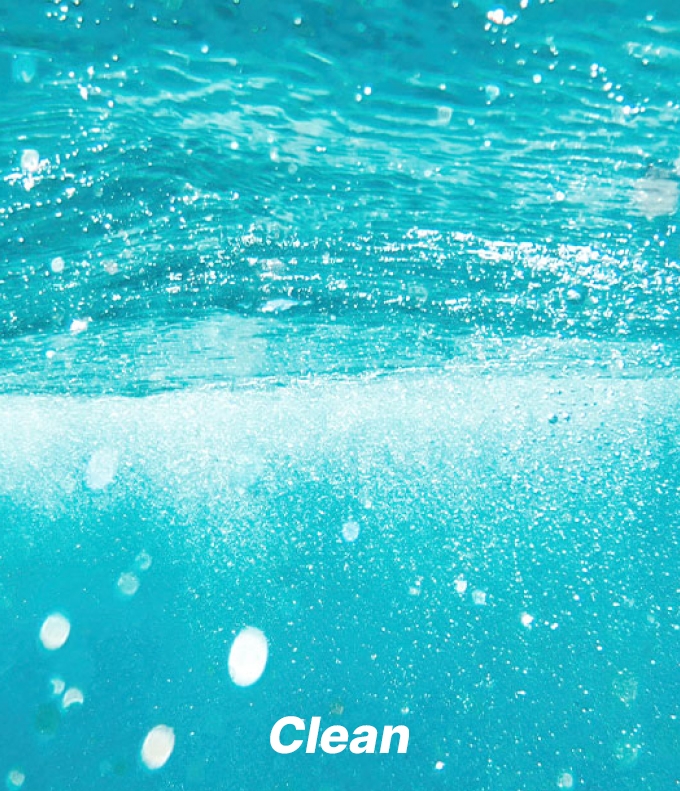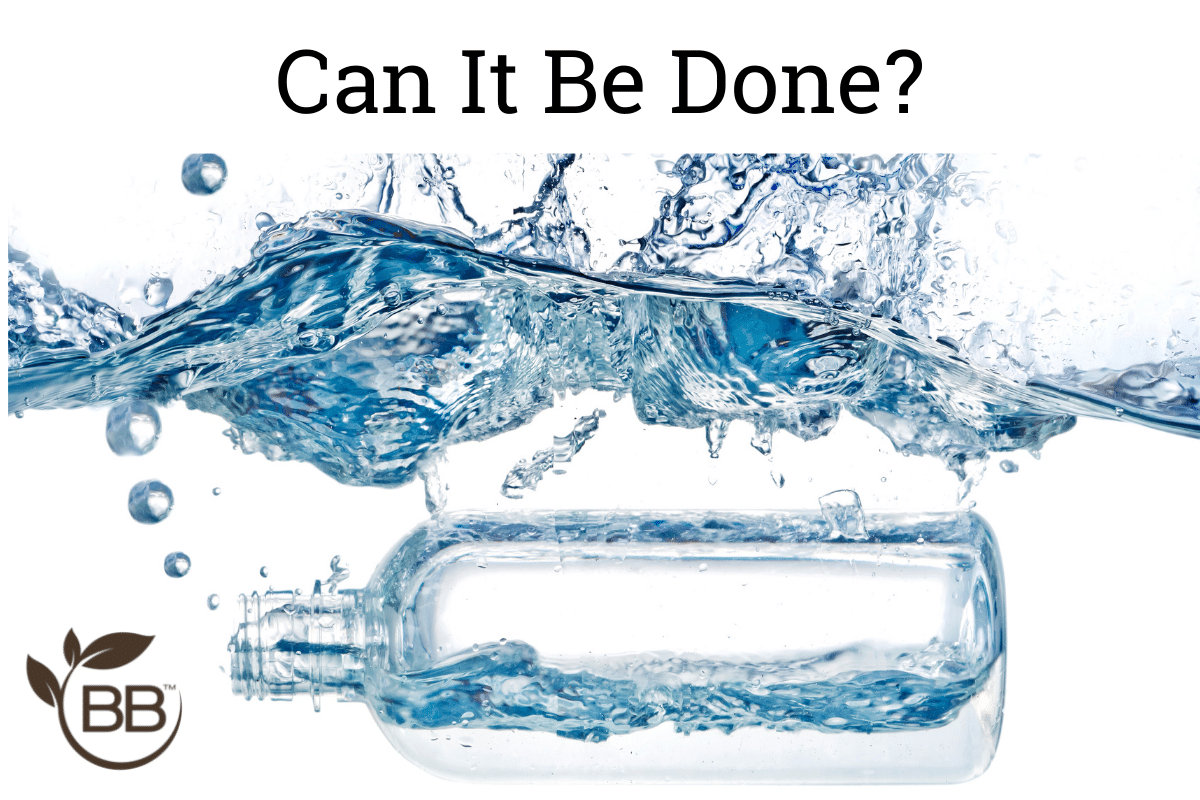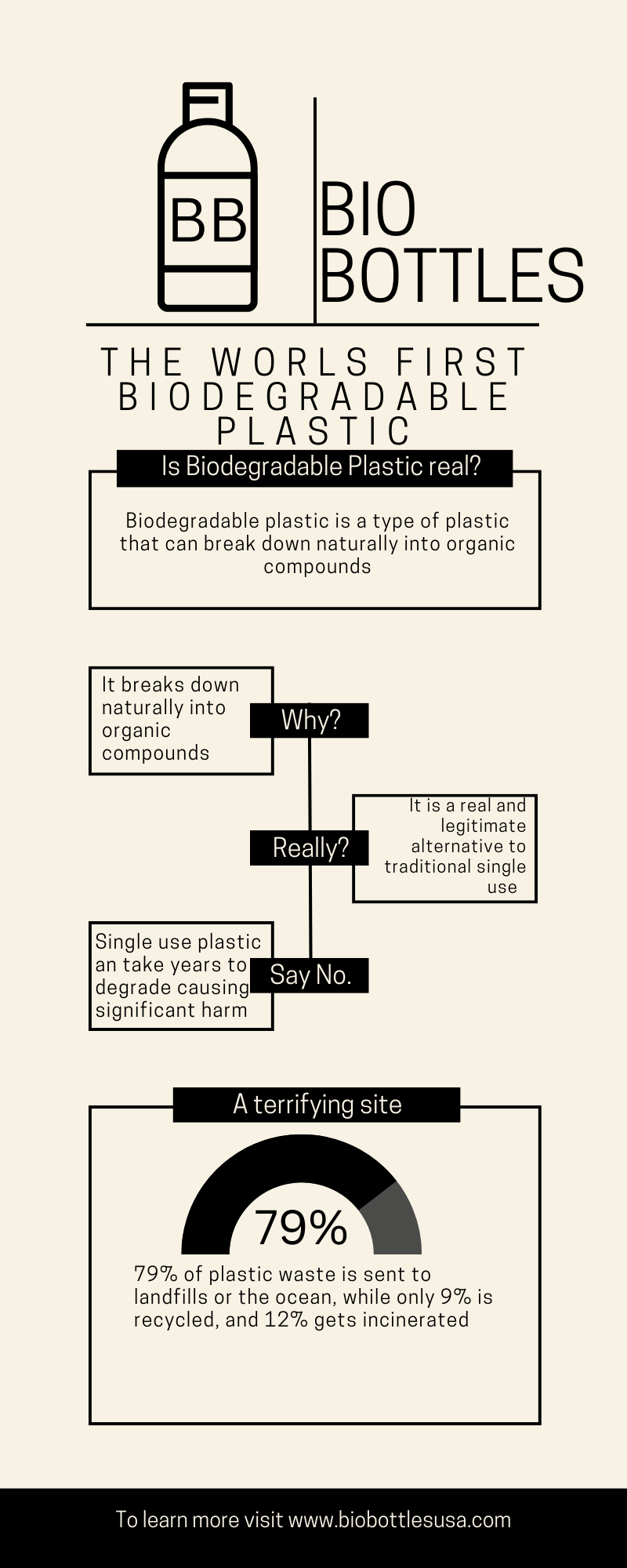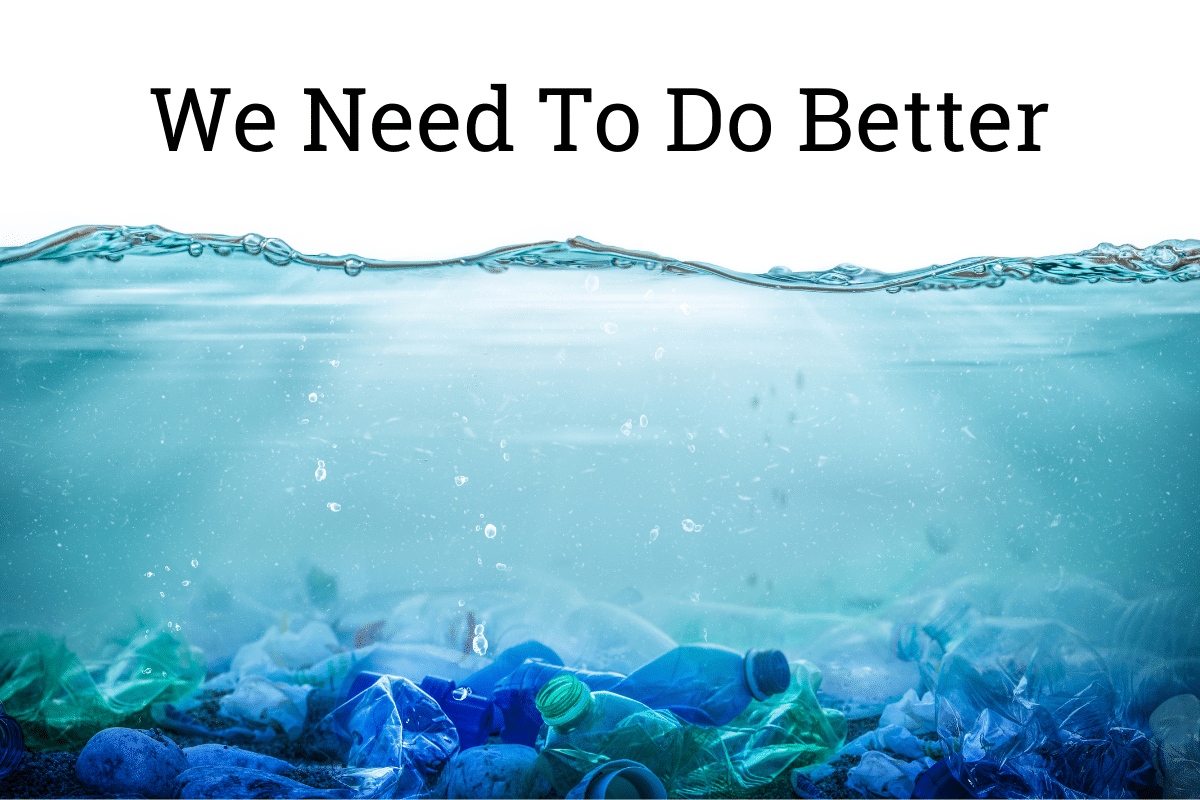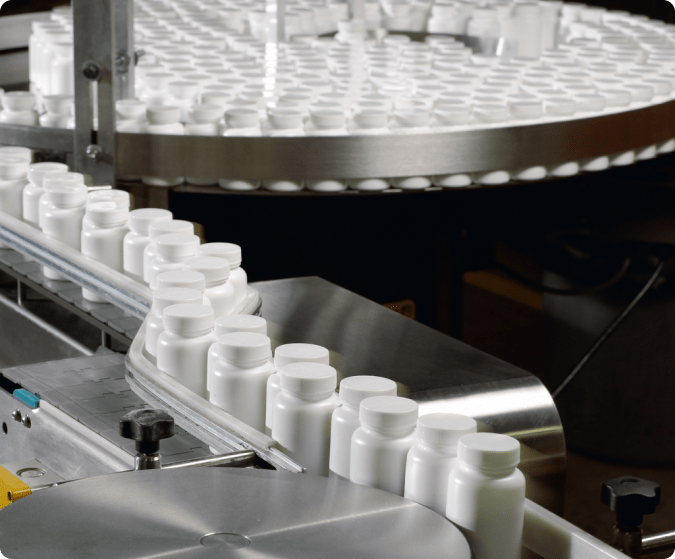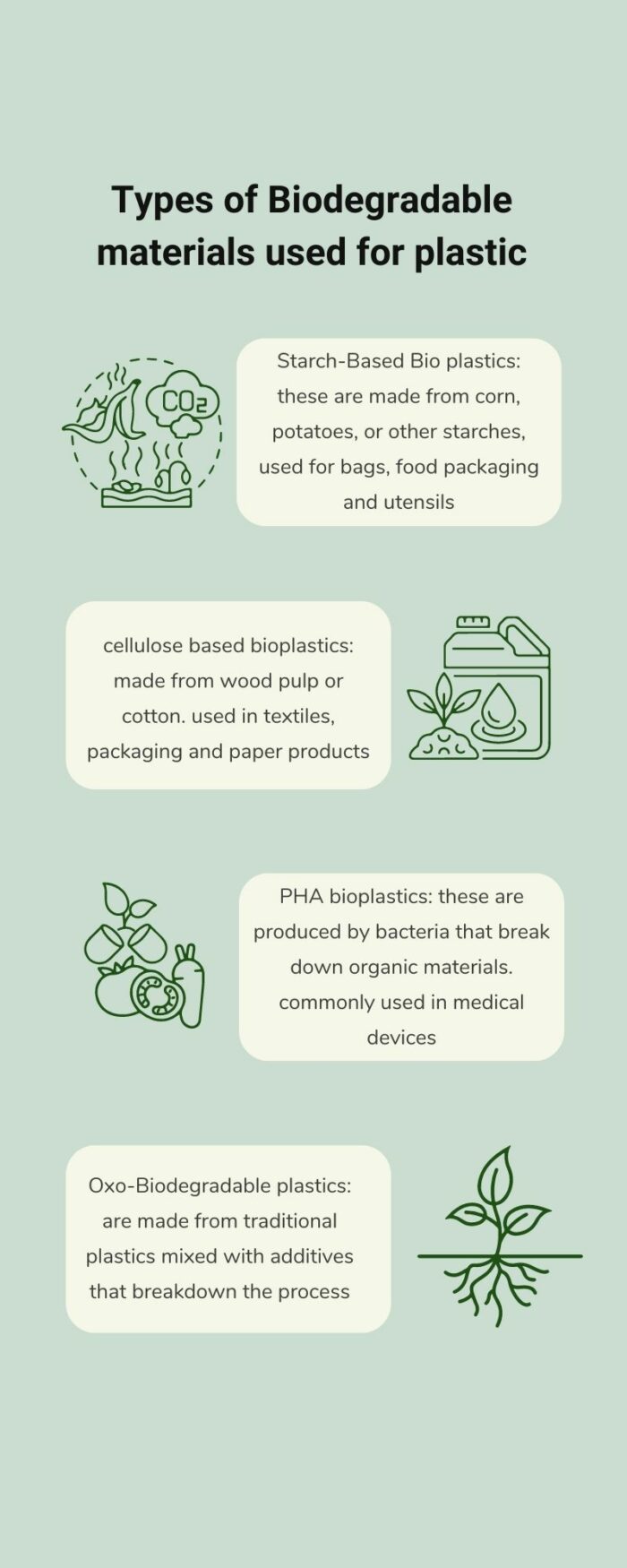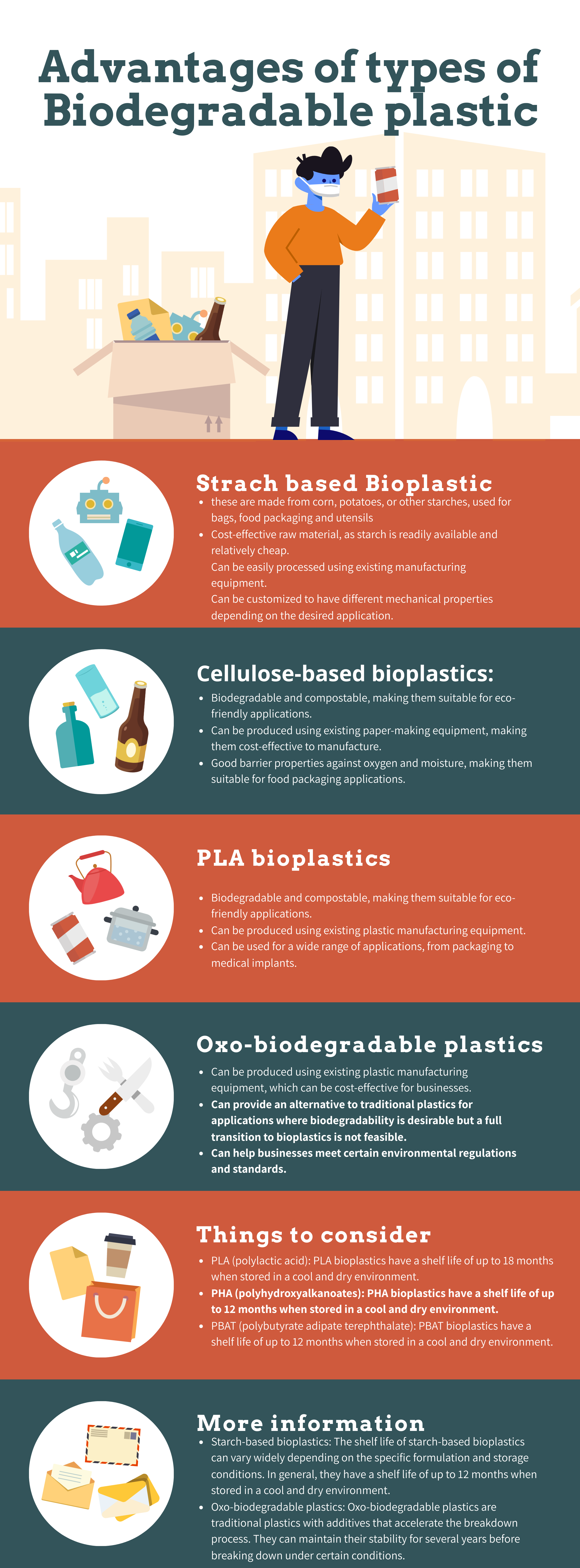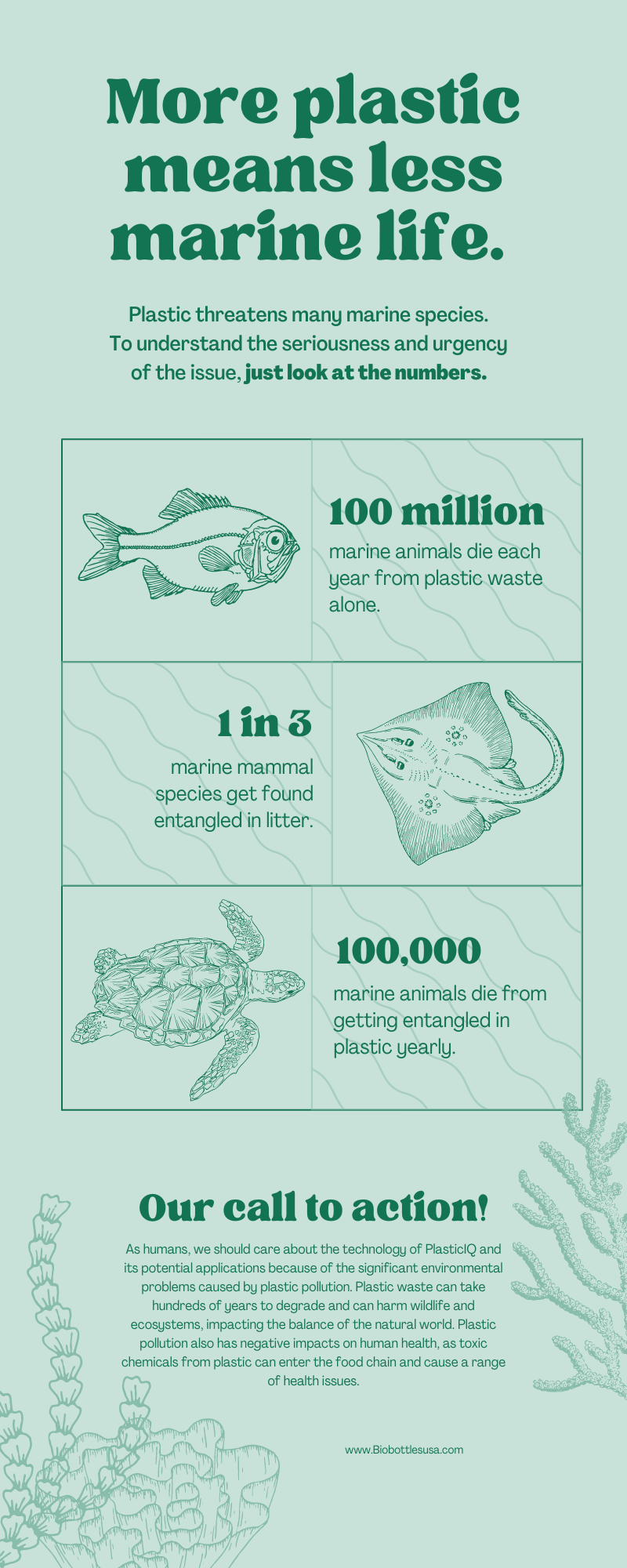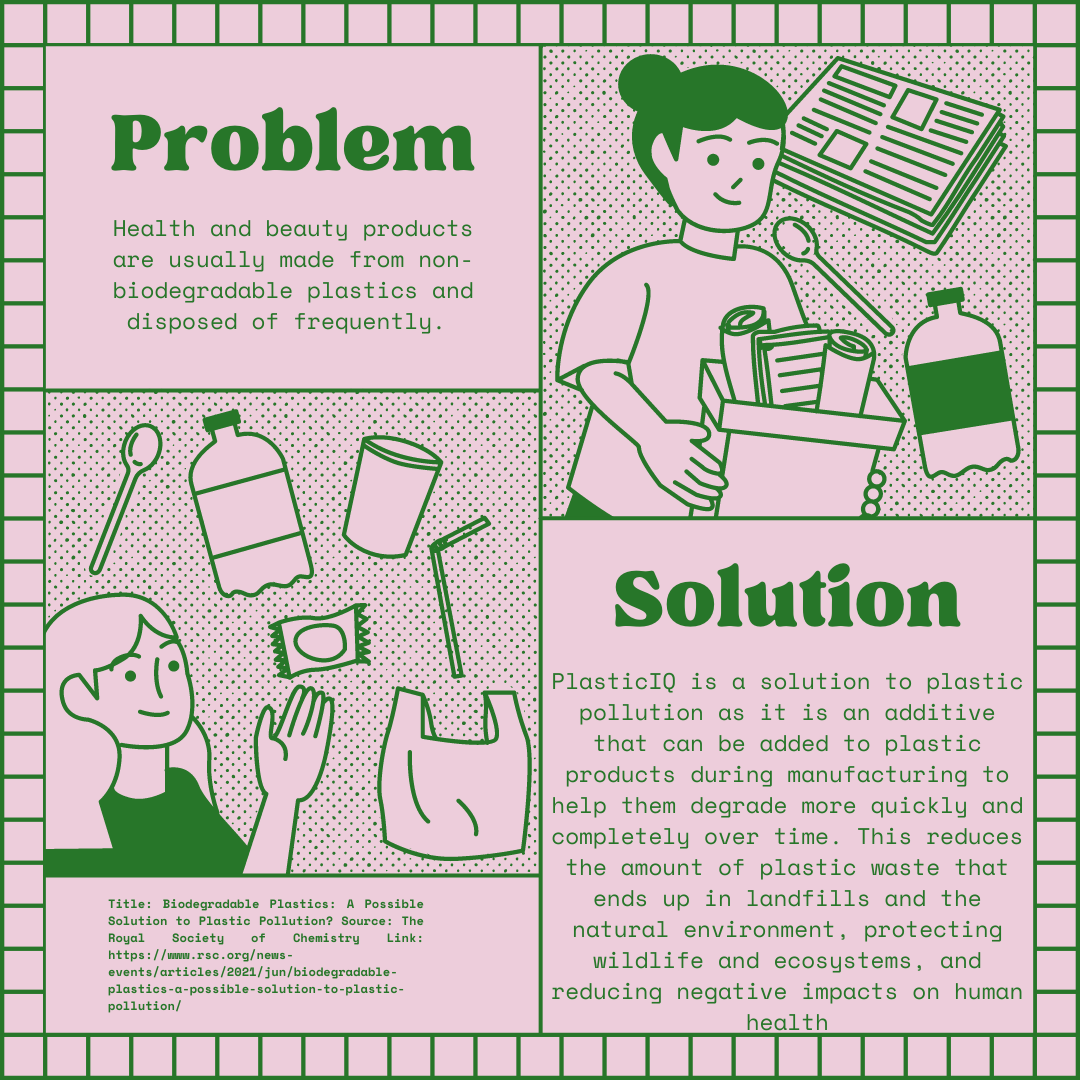Plastic IQ™ Technology is a revolutionary solution that provides a sustainable alternative to traditional plastic materials. With growing concerns about plastic pollution and its impact on the environment, more and more businesses are turning to this alternative to reduce their carbon footprint. This article will explore the basics of this revolutionary technology and explain how it works.
What is Plastic IQ™ Technology?
This technology is an innovative type of plastic material that is designed to be eco-friendly and sustainable. It works by incorporating an additive during the manufacturing process that enhances the biodegradability of the plastic. This allows it to break down into organic matter when exposed to specific environmental conditions such as heat, moisture, and sunlight. Unlike traditional plastics that can take hundreds of years to decompose, products made with this technology break down into microplastics that are consumed by microorganisms and converted into harmless substances like water, carbon dioxide, and biomass. It’s a game-changer in the world of plastics, offering a sustainable alternative to traditional materials.
The process of Bio-transformation of Plastic IQ™ products starts when they are disposed of and exposed to the right conditions. As they start to break down into smaller particles, microorganisms can consume them and convert them into harmless substances such as water, carbon dioxide, and biomass. This means that products made with Plastic IQ™ Technology have a reduced environmental impact compared to traditional plastics, as they bio-transform much faster and do not accumulate in the environment.
Overall, Plastic IQ™ Technology is an exciting development in the world of plastics that offers a sustainable alternative to traditional materials. Its innovative approach to natural degradation has the potential to significantly reduce plastic waste and pollution, making it an important technology for the future of our planet.
Is It Safe?
Plastic IQ™ Technology is a type of plastic that is designed to bio-transform over time through exposure to oxygen and sunlight, making it a more environmentally friendly option than traditional plastics. When used properly, it is safe for consumers, oceans, and landfills and does not pose any risks to human or animal health.
One of the main benefits of Plastic IQ™ Technology is that it breaks down into non-toxic materials that do not harm the environment or wildlife. Unlike traditional plastics that can persist in the environment for hundreds of years, Plastic IQ™ Technology bio-transforms relatively quickly and does not leave behind harmful microplastics.
In addition, Plastic IQ™ Technology does not add or contaminate food or vitamins with any chemicals. This means that it can be used safely in food packaging without any concerns about potential health risks. The US Food and Drug Administration has evaluated PET (polyethylene terephthalate) plastic, which is similar to Plastic IQ™ Technology, and determined that it is safe for use in food packaging (US FDA).
Plastic IQ Technology™ also does not pose any risks to human or animal health when used normally. It has been thoroughly evaluated by regulatory agencies to ensure that it meets strict safety standards and does not contain any harmful chemicals or additives. The US Environmental Protection Agency has published information about plastic bags and film and the risks they pose to the environment and wildlife (US EPA).
Finally, because Plastic IQ Technology™ is designed to bio-transform over time, it is a more sustainable option for use in landfills. As it breaks down, it takes up less space and does not release harmful chemicals into the environment. This makes it an attractive option for companies and consumers who are looking to reduce their environmental footprint. The BBC has reported on the issues surrounding degradable plastics and how degradable plastics like Plastic IQ Technology™ may be a better alternative (BBC News).
In summary, Plastic IQ Technology™ is a safe and environmentally friendly alternative to traditional plastics. It bio-transforms relatively quickly without leaving behind harmful microplastics, does not add or contaminate food or vitamins with any chemicals, and does not pose any risks to human or animal health when used normally.

How Does It Work?
Plastic IQ Technology™ works by incorporating a proprietary additive into plastic products during their manufacturing process. This additive enhances the biodegradability of the plastic, enabling it to break down into smaller fragments when exposed to specific environmental conditions, such as heat, moisture, and sunlight.
The additive used in Plastic IQ Technology™ contains safe and nontoxic pro-oxidant compounds that facilitate the breakdown of the plastic. When exposed to environmental conditions, these compounds react with oxygen, causing the plastic to break down into smaller fragments. These fragments are then further broken down by microorganisms that consume them and convert them into harmless substances like water, carbon dioxide, and biomass.
Scientific studies have shown that plastics containing pro-oxidant additives, such as those used in Plastic IQ™, can bio-transform more quickly than traditional plastics. For example, a study published in the Journal of Polymers and the Environment found that polyethylene films containing pro-oxidant additives bio-transform in just 12 weeks, while untreated polyethylene films took over two years to bio-transform.
Overall, Plastic IQ™ Technology offers an exciting new approach to plastic degradation that has the potential to reduce plastic waste and pollution significantly. The scientific evidence supports its effectiveness in breaking down plastics more quickly and efficiently than traditional methods, making it an important technology for the future of our planet.
Is It a New Type Of Plastic?
Plastic IQ™ Technology is not an entirely new type of plastic but rather a unique method applied to existing plastic types to make them naturally degradable. By incorporating a special additive during manufacturing, conventional plastics can be transformed into Plastic IQ™ Technology plastics, which bio-transform quickly when exposed to oxygen and sunlight.
Various types of plastics can be made into Plastic IQ™ Technology plastics, including:
- Polyethylene (PE): Commonly used in packaging materials such as bags, films, and bottles.
- Polypropylene (PP): Used in a variety of applications, including food containers, automotive parts, and textiles.
- Polystyrene (PS): Often used for disposable cutlery, foam packaging, and insulation materials.
- Polyethylene terephthalate (PET): Widely used in beverage bottles, food containers, and synthetic fibers.
By using Plastic IQ™ Technology, these plastic types can become more environmentally friendly while still retaining their original properties and functionality. This innovative approach allows for a seamless transition to more sustainable packaging solutions, such as biodegradable supplement bottles, without sacrificing quality or significantly increasing costs.
Benefits of Degradable Technology
Plastic IQ Technology offers several benefits over traditional plastics. Firstly, it is designed to be more environmentally friendly and sustainable. Products made with Plastic IQ Technology are degradable, meaning they can break down into harmless substances under specific environmental conditions. Reducing the amount of plastic waste that accumulates in the environment.
Secondly, Plastic IQ products have a lower environmental impact than traditional plastics. The faster degradation rate of Plastic IQ products means they do not accumulate in the environment for long periods, reducing the potential for harm to wildlife and ecosystems.
Thirdly, Plastic IQ products can offer cost savings for businesses. Since they bio-transform faster, they can reduce the costs associated with waste disposal and cleanup. Additionally, using eco-friendly products can enhance a company’s reputation and appeal to consumers increasingly concerned about their purchases’ environmental impact.
Finally, Plastic IQ Technology has the potential to reduce plastic waste and pollution significantly. By enabling plastic products to break down faster and more efficiently. Plastic IQ Technology can help address the global plastic waste problem, reducing the amount of plastic that ends up in landfills or the ocean.
Overall, Plastic IQ Technology is an innovative and eco-friendly alternative to traditional plastics that offers several benefits for both businesses and the environment.
Applications of this Product
Plastic IQ Technology has numerous applications in various industries. It can be used to manufacture products such as single-use plastic bags, food packaging, and disposable cutlery, among others. These products can be designed to be degradable, reducing the amount of plastic waste that ends up in the environment.
In the agriculture industry, Plastic IQ Technology can be used to produce degradable mulch films. These films are used to cover soil, suppressing weeds and retaining moisture, which can improve crop yield. Degradable mulch films reduce the amount of plastic waste that accumulates in fields after harvest.
Plastic IQ Technology can also be used to manufacture plastic pipes, fittings, and other building materials.
In the healthcare industry, Plastic IQ Technology can be used to produce medical supplies such as disposable gloves, masks, and syringes.
Overall, Plastic IQ Technology has a wide range of applications in various industries, offering an eco-friendly alternative to traditional plastics. Its ability to produce degradable products has the potential to reduce plastic waste and pollution. Making it an important technology for the future.

Conclusion:
In conclusion, Plastic IQ is an innovative approach to plastic degradation that offers several benefits over traditional plastics. By incorporating a proprietary additive into plastic products, Plastic IQ Technology enables plastics to break down into smaller fragments when exposed to specific environmental conditions. This makes it possible for microorganisms to further break down the plastic into harmless substances like water, carbon dioxide, and biomass.
Scientific studies have shown that plastics containing pro-oxidant additives like those used in Plastic IQ™ Technology can bio-transform quickly than traditional plastics. For example, a study published in the Journal of Polymers and the Environment found that polyethylene films containing pro-oxidant additives bio-transform much more quickly than traditional plastics. The potential benefits of Plastic IQ™ Technology are significant. It offers a more sustainable alternative to traditional plastics, reducing plastic waste accumulating in the environment. It also has a lower environmental impact, reducing potential harm to wildlife and ecosystems. Additionally, Plastic IQ™ products can offer cost savings for businesses and enhance a company’s reputation for sustainability.
As concerns about plastic waste and pollution continue to grow, the demand for eco-friendly alternatives to traditional plastics is increasing. Plastic IQ Technology offers a promising solution to this problem. With applications in various industries such as agriculture, construction, healthcare, and more.
Say Goodbye to Pollution
Plastic IQ enables plastic products to be Bio-transformative and thus reducing the time in landfill. Which can significantly reduce the amount of plastic waste that accumulates in the environment. According to a report by Plastics Europe, 29.1 million tonnes of plastic waste was generated in Europe in 2018, with only 42% of this waste being recycled. This indicates that a significant amount of plastic waste ends up in landfills, oceans, and other areas, leading to environmental pollution.
By producing degradable plastic products, Plastic IQ™ Technology has the potential to reduce the amount of plastic waste that ends up in landfills and oceans. This can positively impact the environment, reducing the risk of harm to wildlife and ecosystems.
Additionally, the use of Plastic IQ™ can reduce the carbon footprint associated with plastic production. Traditional plastics made from non-renewable fossil fuels, and the production of these plastics generates greenhouse gas emissions. By producing degradable plastic products. Plastic IQ™ Technology can reduce the environmental impact of plastic production, contributing to a more sustainable future.
References:
- Al-Salem SM, Lettieri P, Baeyens J. Recycling and recovery routes of plastic solid waste (PSW): A review. Waste Manag. 2009;29(10):2625-2643. doi:10.1016/j.wasman.2009.06.004
- Bhattacharya M, Bajaj M. Studies on the Photodegradation of Polyethylene Films Containing Pro-oxidant Additives. Journal of Polymers and the Environment. 2014;22(3):323-330. doi:10.1007/s10924-014-0632-9
- Plastics Europe. Plastics – the Facts 2019. Accessed March 21, 2023. https://www.plasticseurope.org/application/files/6315/4510/9658/Plastics_the_facts_2019_AF_web.pdf
- Raza ZA, Rehman A, Hussain T, Hussain A, Mahmood K, Iqbal M. Pro-oxidant Additive-based Biodegradation of Polyethylene: An Innovative and Environmentally Friendly Approach. J Polym Environ. 2019;27(7):1393-1403. doi:10.1007/s10924-018-1286
